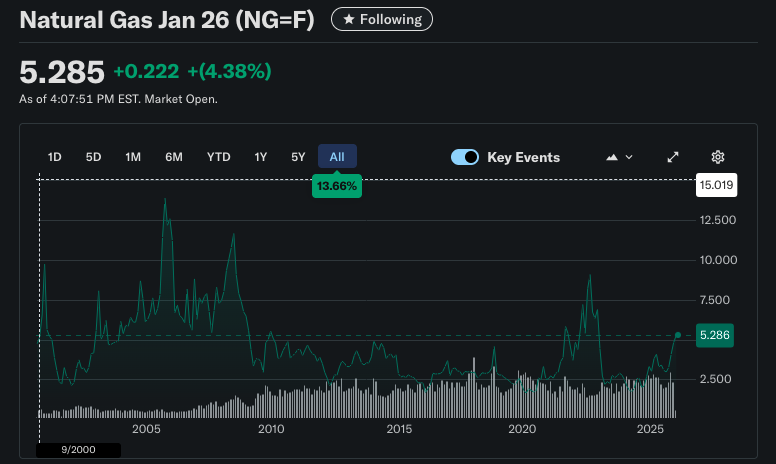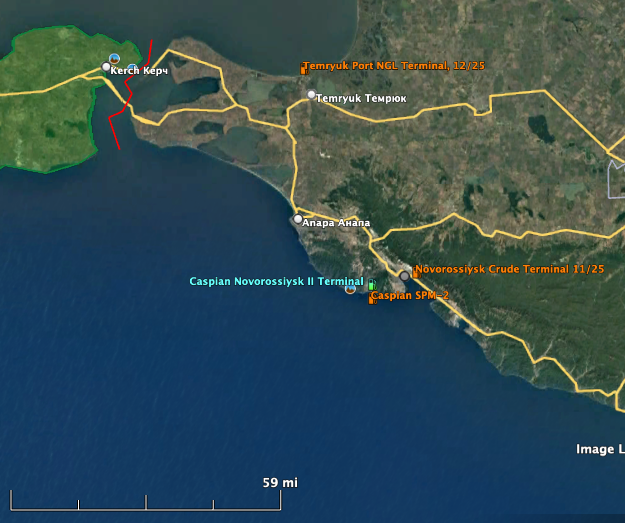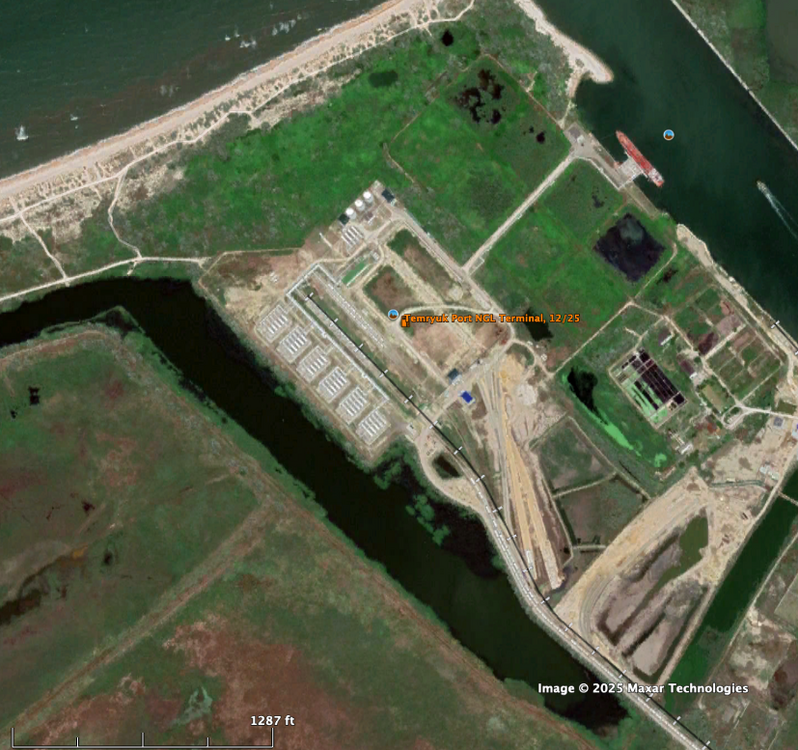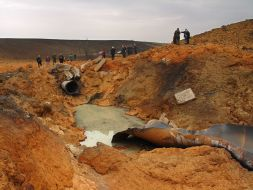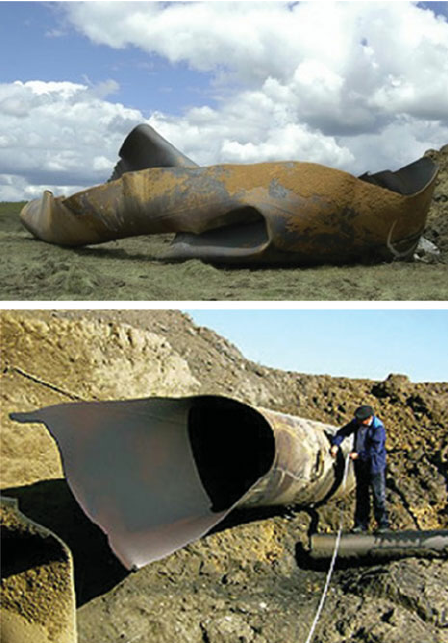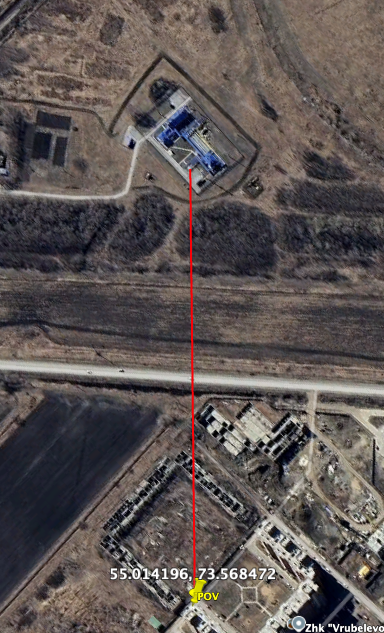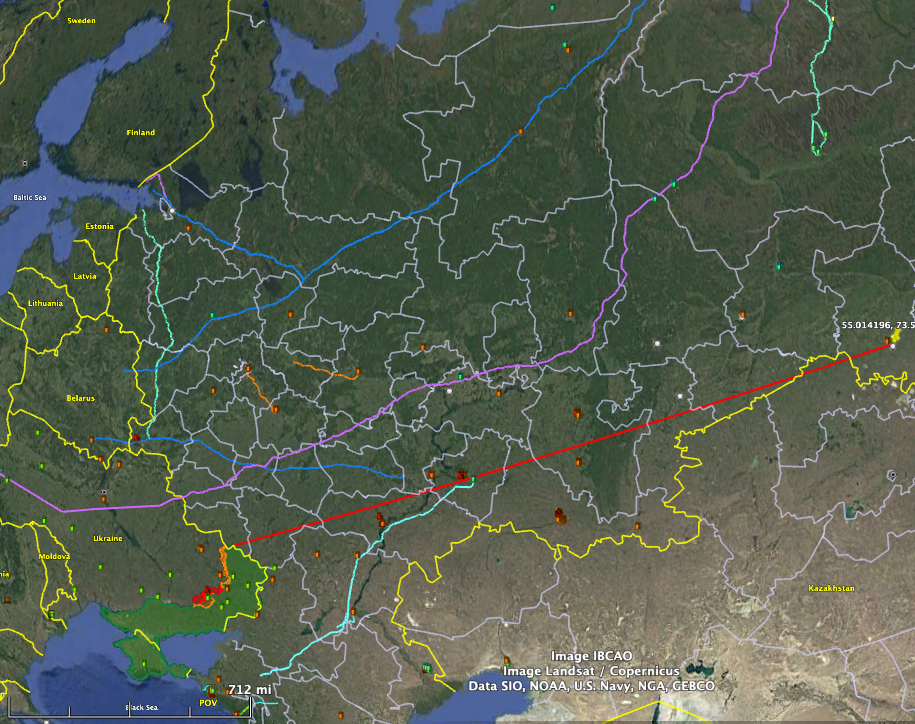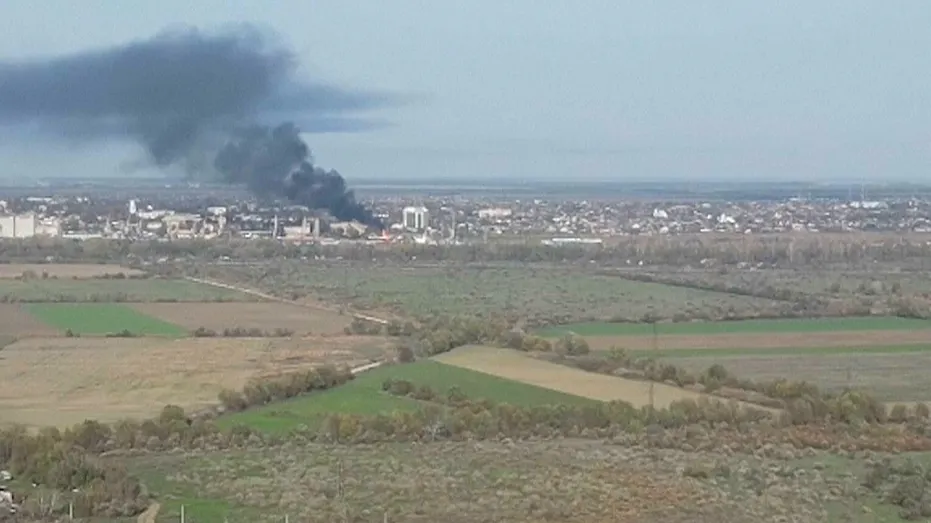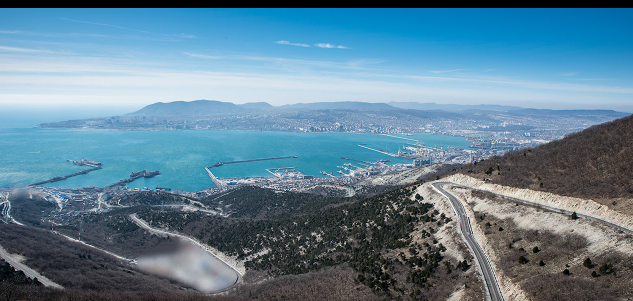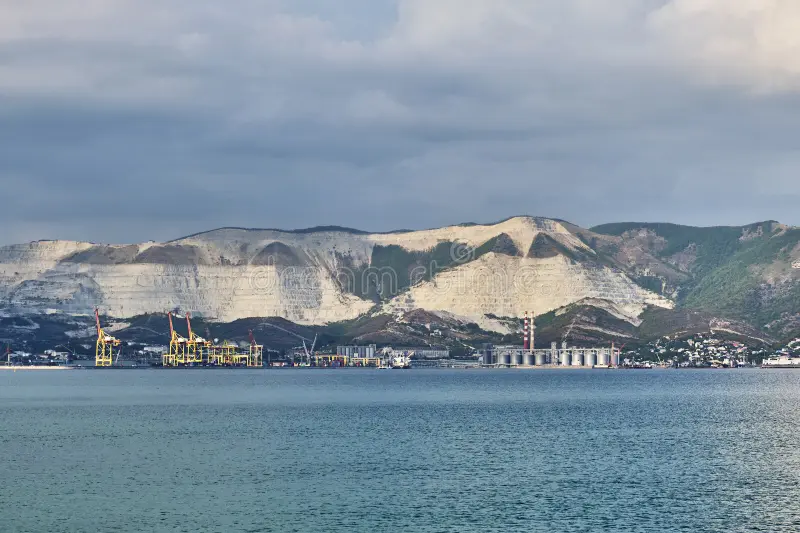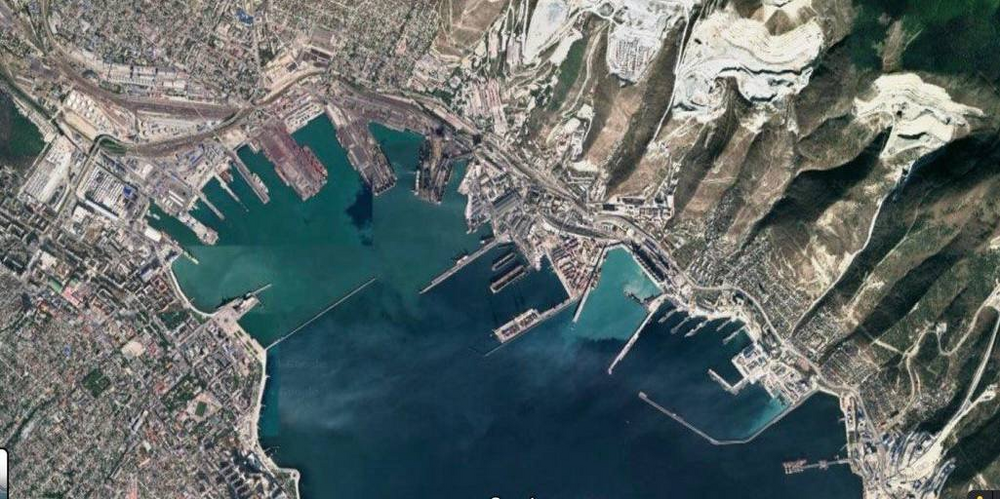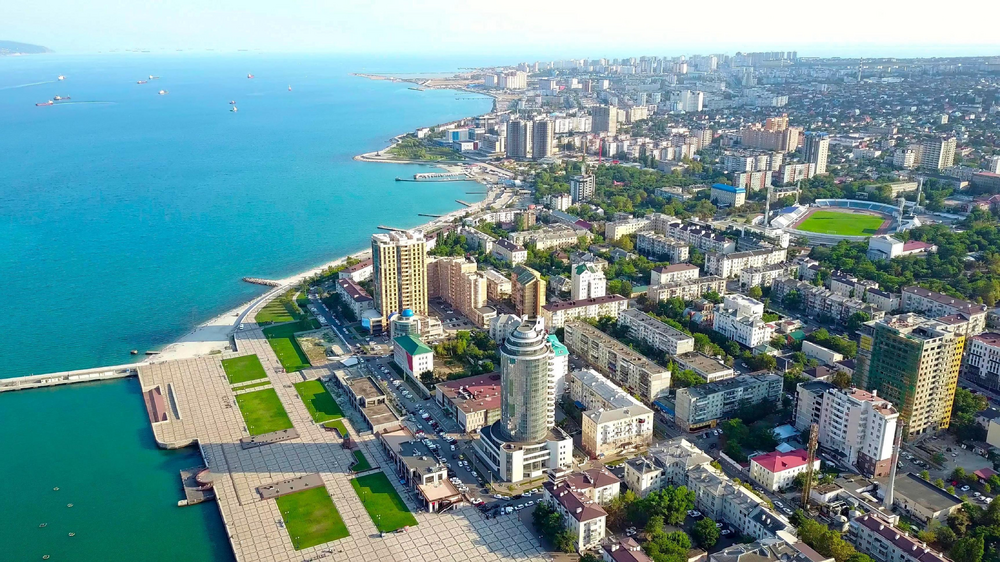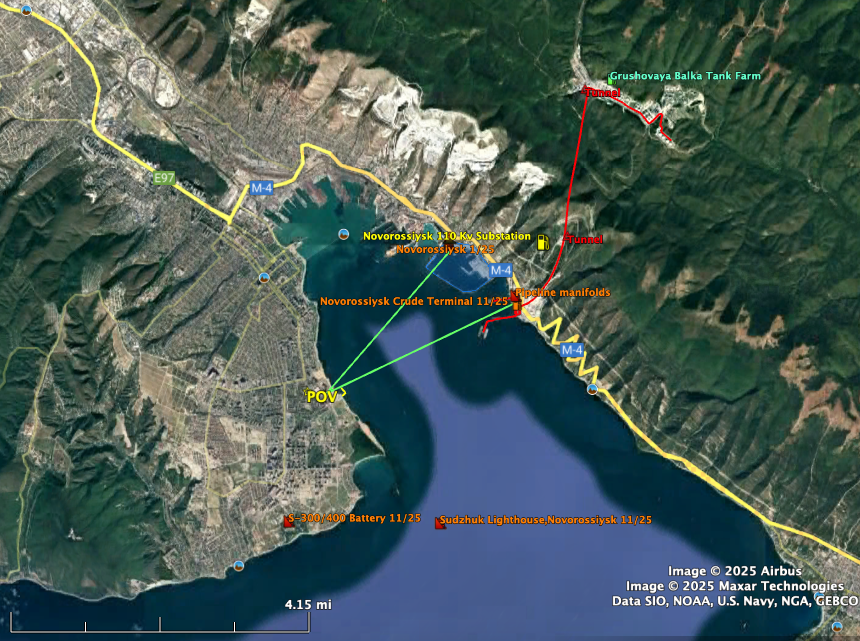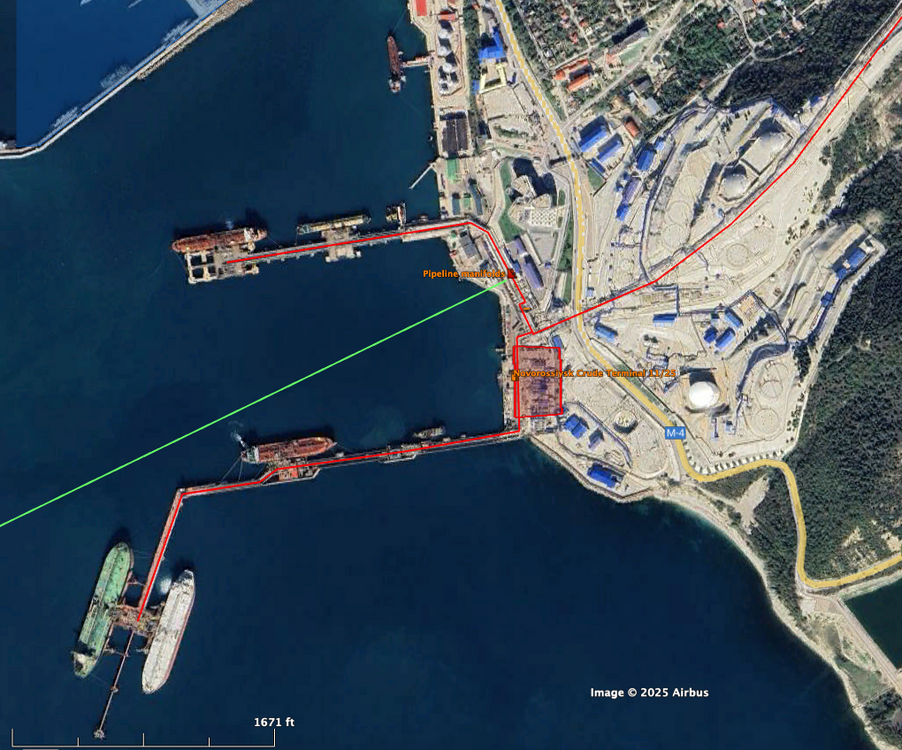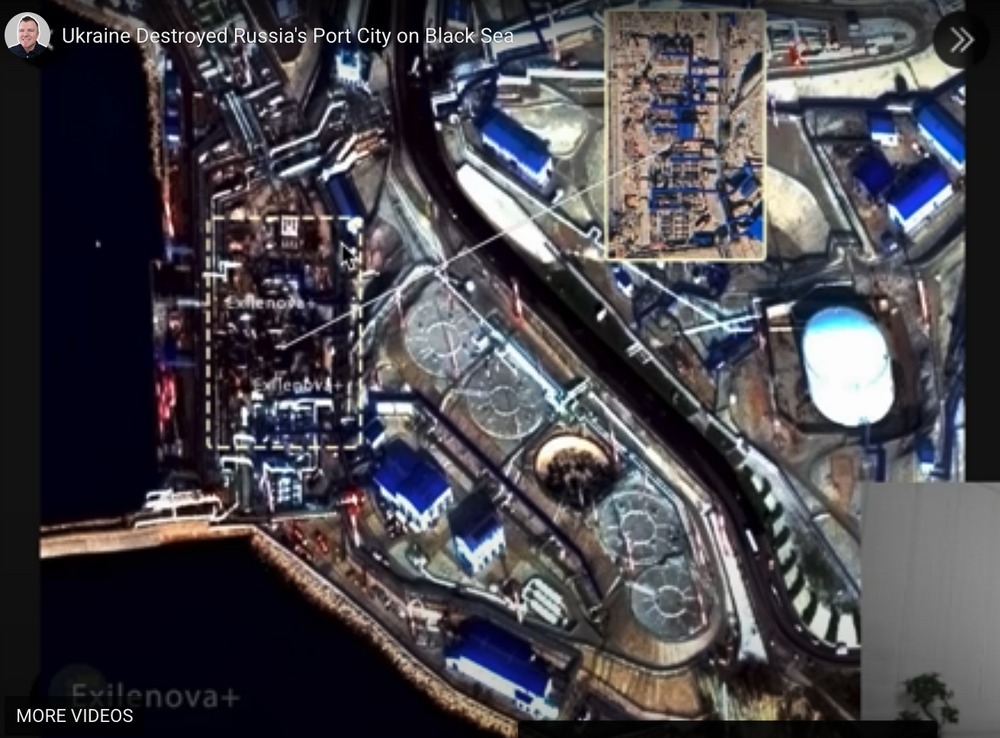Football ...
Basketball ...
Baseball ...
Other Sports ...
Futbol ...
🤫995🤫 ...
Gambling ...
Movies & TV ...
Music ...
Hobbies ...
Lulz ...
Food & Travel
...
Daily Texan ...
Business & Markets ...
Cloak Room ...
Help ...
For Sale ...
Board Discussion ...
Advertise...
Tailgate Donations
-
Posts
1223 -
Joined
-
Last visited
Reputation
4693 Surly 10%About PTINS

Recent Profile Visitors
The recent visitors block is disabled and is not being shown to other users.
-
That is a sad graphic. Texas is ~ 25th percentile in "Yards before contact" and ~ 27th percentile in "Yards after contact". Over all, Texas is one of the 10 worst non-QB rushing teams in the country. Only 3 SEC teams in the top quartile of either speaks well of SEC defenses, I think. Both UTSA & Texas State punching above their weight.
-
Glide path similar to a rock. The guys lucky it cleared the window,
-
That is a complex question. "Phasing out" is a price sensitive term, and human nature generally means anybody will do anything for the right price. Putting the LNG "sanctions" aside, at the end of the day, a spot cargo of Russian LNG will be cheaper than others, simply because the transit time from Russia is less than the US Gulf Coast, or the Middle East, or Australia. The capacity of the two Nordsteam Pipelines was ~ 10 BCF/day, which is ~ 4-5 world class LNG Plants. That is a big hole to fill. Russia's total LNG capacity is ~ 5 BCD, some of which was earmarked for Europe. Some of these came on line recently, in the Arctic and St. Petersburg, and how much they can actually produce is kind of a mystery. It is new enough, and given the challenges of the arctic, and Russia business in general, demonstrating reliability is a prerequisite for longer term contracts. In many cases, the companies/countries that need the LNG are also owners in the liquefaction/export facilities, so they take their ownership share of the LNG in-kind, rather than depending on third party sells. LNG is a very different animal than oil or refined products. In some cases, though there is a point to point "contract" for the LNG, that contract is in limbo until the ship docks at the destination. In times past, it was commonplace to have a ship change direction in transit and go to another destination, without any significant contract repercussions. While on the high seas, it is fair game for the highest bidder. Even within the local gas market, that information is closely guarded, because a huge influx of gas moves the market. US LNG costs will become more expensive, because the underlying demand for natural gas will increase. In the early 2000's, gas was expensive, so the US started building LNG import terminals. The Chenier Plant at Sabine Pass started as an import terminal in 2008. We received LNG imports into Louisiana ~ 2010 (I think we received 4 cargo's), and in 2012, Chenier received a FERC permit to building export facilities. The combination of horizontal drilling and hydraulic fracturing of shale, unlocked the gas resources, and all bets changed. Biden's election in 2020 changed the narrative, and Russia's Invasion and Nordstream's explosion spiked gas prices, for a bit. The Donald, and new reality of the US stepping in to fill the European void from losing Russian gas is not an issue from a resource/capacity perspective. The price of the LNG is the first big question. Domestic gas prices have doubled in the past few months. Cheap oil stops the drilling in the Permian, which is primarily based on oil economics. Appalachia is all gas, much higher near term gas potential than the Permian, but moving gas south to the Gulf Coast is limited by pipeline capacity. Sending US LNG gas to Europe while increasing domestic gas prices is going to leave a mark. The Eastern US is already seeing increased gas bills because of administrative and infrastructure costs. Layering in higher commodity prices will not be well received. And, as we all appreciate, the whims of a new administration in DC, is hard to predict.
-
Critical infrastructure is not designed to be war proof. A single drone with a grenade is a scary thought. Yes, I understand and support Ukraines targeting of Russian O&G export infrastructure to cripple the war machine. But longer term, removing 10% of the world oil production, and the closest source of natural gas to Europe, is going to have longer term effects, on everyone. The coupling of war reparations and lifting of sanctions is going to be a thorny issue that will take time.
-
"Overnight on 4–5 December, Ukrainian long-range drones reportedly struck the gas terminal at Russia’s Temryuk port on the Sea of Azov, just across the Kerch Strait from occupied Crimea. Russian regional authorities themselves confirmed a UAV attack and subsequent fire that damaged port infrastructure, while videos from the scene show large fuel fires and secondary detonations. Open-source analysis indicates the blaze centered on a gas terminal used for liquefied petroleum gas (LPG), with OSINT accounts suggesting that a nearby Gazprom-linked oil terminal may also have been within the target area. Temryuk is a key logistics hub handling LPG, oil products, and petrochemicals—commodities that help fuel Russia’s war machine and sustain its occupation of Ukrainian territory." The Temryuk NGL Terminal is ~ 50 miles from the Kerch Strait, on the Sea of Asov. Liquefied Petroleum Gas (LPG) is a commercial term, either the purity Natural Gas Liquid (NGL) products, or some combination of them. The terminal receives NGL's via rail, has ~ 100,000 bbl (4.5 MM gallons) of NGL storage on site, and loads the LPG tankers. More evidence of Ukraine's approach to systematically "degrade" the Russian Oil & Gas Infrastructure. Good for them in choosing a location that is relatively remote, though it has a smallish footprint. The orientation of the storage tanks, or bullets, are pointed towards each other, rather than away. Not the ideal orientation, but changing that would point the tanks at the rail rack and tanker loading/unloading berth. Either way, it's a juicy target.
-
Putin Signs Law Raising Russia’s Value-Added Tax to 22% "President Vladimir Putin on Friday signed a major tax overhaul that will raise Russia’s value-added tax to 22% from 20% next year, a move aimed at closing the fiscal gap created by soaring military expenditures and falling oil and gas revenues amid Western sanctions. More small businesses will also be swept into the tax system under additional changes. The annual revenue threshold for companies required to pay VAT will drop from 60 million rubles ($732,000) to 10 million rubles ($122,000). Businesses have indicated in surveys that they plan to pass the tax hike directly onto consumers, who have already been strained in recent years by surging inflation linked to war spending. Economists, including those at the Financial Ministry, have said they anticipate a modest rise in inflation as the VAT hike takes effect starting next year. VAT is one of the government’s most important revenue sources, generating 11.5 trillion rubles ($148 billion) from January through October, or more than 38% of total federal revenue. Under the changes, select food products, medicines and children’s goods will continue to be taxed at a reduced 10% rate. But certain milk-based products made with milk-fat substitutes, such as processed cheeses and spreads, will now be taxed at the full 22% rate. Russia last raised VAT in 2019, when it increased the rate to 20% from 18%." I have no understanding of Russia economics and their income and taxes, but dropping the threshold for taxing small business' from $732,000 to $122,000 seems like that puts a lot of mom & pop type business under an onerous burden, much worse than whey have seen the past 3 years. Selling gold reserves and crippling small business' already struggling while cutting basic services to the general populace does not seem like a recipe for success. I have seen a lot of stories that virtually every sector of the Russian economy has been affected to the point that workers are not getting paid, are being furloughed and have no reason to work because of non-existent supply chains. There were rumors that unpaid shipbuilding workers may have sabotaged a new ice breaker/tug boat in St. Petersburg that was critical for moving large ships through the frozen water of the Baltic. The Russian economy ...
-
I reposted @Brisketexan 's summary of Kasparov's comments from February 2023 for convenience. After reading those comments again, and remembering what I heard, I count that short time listening to Garry Kasparov speak as maybe the most enlightening hour of my not so young life. I felt that way at the time, and still do. The sad reality is we are almost 3 years down the road, and here we are. The former arsenal of democracy; now we have our hands extended, not to lift those that need a hand, but to pull them out of the way so we can make a few bucks off of what they have.
-
That plane doesn't look like it has moved since February 2002, the latest version on Google Earth. Perhaps the laser weapons it carried destroyed the plane ... from the inside.
-
Nitrogen Tetroxide is made from ammonia and Oxygen. Ammonia is made from Hydrogen (natural gas) and Nitrogen (air). Chemically, it is not that difficult. You need natural gas and air. However, it is highly toxic; Concentrations of 25-50 parts per million (ppm) cause irritation of the eyes and nose while 50-100 ppm can cause pulmonary edema and death. Ukraine had been on a search & destroy mission for Chem Plants & factories making and using rocket fuels, propellants and explosives. Here is a list of Ukraine targets, most in the last few months. I expect a number of them made or processed Nitrogen Tetroxide. Sverdlov Plant, Dzerzhinsk 10/24 Smolensk Aviation Plant 1/25 Belorechensk Chem Plant 9/25 Azot Branch of Uralchem, Perm Krai, Berezniki 6,7,9/25 Sverdlov Ammunition Plant 10/25 Avangard Chemical Plant, Sterlitamak 10/25 Rostec Elastic Gunpowder Plant, 10/25 Scientific & Test Center, Rocket & Space Industry 10/25 Bryansk Chemical Plant (explosives) 10/25 Tatarstan Chemical Plant 10/25 Plastmass Explosives Plant, Kopeysk 10/25 Sterlitamak Petrochemical Plant 11/25 Stavrolen Zavod Chemical Plant 11/25
-
Agree 100%. The USSR, and Russia, could never develop and monetize what they have always had. They don't want what they have, they only want what you have. "The only option is for Russia to leave." FIFY "We got a chance to wipe out Germany. Russia. Just wipe it clean off the map. Knock everything down, every city, every castle, all the bridges, all the roads. Everything. Don't leave two stones standing together. Just wipe the slate clean. Turn Germany Russia into a prairie, then ship over a few buffalo and let them start from scratch. Now, what do you think of that, colonel?" - Battle of the Bulge, Major Wolenski to Lieutenant Colonel Kiley.
-
You are correct sir. Frozen ground is hard to dig in, and pipelines are usually laid below the freeze depth, sometimes with the top of the pipe more than 12 feet below grade. However, large underground pipelines, when they rupture, tend to self-excavate, and when they burn, they turn the dirt into glass.
-
This fire is ~ 15 miles east of the Gazprom-Omsk Refinery, the largest in Russia (445,000 BPD), ~ 1,500 miles from Ukraine, and 1,800 miles from the eastern Russia-Mongolia-China border. I still wonder why they located such a large refinery complex in the middle of nowhere. The surface facility is only ~ 1.25 acres, and the footprint and layout is not consistent with anything else I have posted about here. The only thing noteworthy from the picture is the blue roofs, indicative of oil & gas (government) facilities. (When I see blue roofs on smaller building, I immediately think of corruption and someone with their hands in the states pockets.) If I was asked about targeting this facility, I would ask, "What else have you got?" It is so small, it is hard to tell what is here. It is also not obvious that this is along a major pipeline corridor (i'm not aware of any long haul pipeline within 300 miles). I would think, the pipelines from the refinery would go west. However, the size and sound of the fire, and the 2nd and 3rd blasts suggests that multiple, large diameter pipelines may have ruptured. Possibilities include missile strike, sabotage, or just an accident. Anything that big is important. More to follow.
-
@Bevo, thanks for the post. This is newsworthy, as it relates to a Russian attack on Ukraine. I had read a similar story (the same one?) on Google. Since you posted it here, I thought I would respond. After reading the first story, something didn't sound right, so I looked a little deeper. It seems the writer merged a story on Ukraine's LNG deal with Turkey with a story on Russia attacking a Turkish LPG tanker offloading in Ukraine. He provided a quote, "Former security minister Tom Tugendhat says incident is tantamount to Russia 'attacking Nato' ." I think Mr. Tugendhat has an agenda, which unfortunately, has very little to do with what happened here. Most important, (i) This incident is nowhere close to Russia attacking NATO, "Romania’s Defense Ministry also said radar systems had tracked several aerial targets during the night but had found no incursions into Romanian airspace." (ii) Romania did not evacuate the city of Tulcea (~ 65,000 people), they evacuated two tiny villages in Tulcea County, across the river from Ukraine, 10 miles away from the city of Tulcea, "Romanian authorities ordered the evacuation of residents from the villages of Plauru and Ceatalchioi in Tulcea County." (iIi) the vessel was carrying Liquified Petroleum Gas (LPG, propane & butane), which is much different than Liquified Natural Gas (LNG, methane). They products are similar, as both are hydrocarbons, and are liquefiable at certain pressures and temperatures. But the transportation and handling of each is much different, in the size and type of the tankers and the quantities of product transported. Anyone can get a 5 gallon tank of propane refilled. LNG is stored at -260°F (-162°C) at atmospheric pressure. (iii) was a common, honest mistake. (i) and (II) are just wrong. LPG =/= LNG =/= NGL (Natural Gas Liquids)... Below is the Fox News story (ugh!!!) quoting the Associated Press, which I found to be more factual, and credible: "Russian drone strikes tanker in Ukraine’s Odesa after Zelenskyy closes US gas deal MT Orinda carrying liquefied petroleum gas was hit at Ukraine's Izmail port, engulfing vessel in flames -By Emma Bussey Fox News, Published November 17, 2025 4:42pm EST A suspected Russian drone attack in Ukraine saw a Turkish tanker hit in the Odesa region Monday, setting the vessel on fire and prompting evacuations across the Danube river in Romania. Per the Associated Press, the MT Orinda, carrying liquefied petroleum gas, was hit as it was being offloaded at Izmail port, according to Turkey’s Directorate for Maritime Affairs. All 16 crew members were evacuated. Footage from across the river in Romania, where residents were told to leave their homes, showed the ship engulfed in flames, with thick black smoke rising into the sky over the river Danube. Izmail lies on the Black Sea estuary and is one of Ukraine’s most important trade hubs. The strike came amid renewed Russian attacks targeting the Odesa region’s energy and port infrastructure. According to reports, regional military head Oleh Kiper said drones caused multiple fires and damaged several civilian vessels. Following the blast, Romanian authorities ordered the evacuation of residents from the villages of Plauru and Ceatalchioi in Tulcea County, directly across the river from Izmail. The strike came amid renewed Russian attacks targeting the Odesa region’s energy and port infrastructure. (AP) (Please note that the city of Tulcea is ~ 8 miles south of the POV in this picture.) Romania’s Defense Ministry also said radar systems had tracked several aerial targets during the night but had found no incursions into Romanian airspace. The country issued multiple alerts in recent months as Russian strikes near the border intensified. A statement from the Ministry of National Defense said the "Russian Federation’s forces attacked areas in Ukraine located in the vicinity of the river border with Romania on the night of Sunday, November 16th, to Monday, November 17th." "The Ministry of National Defense radar monitoring and surveillance systems detected and tracked targets that evolved in the Ukrainian airspace, in the proximity of Tulcea County," the statement said. "MoND notified the General Inspectorate for Emergency Situations, with regard to the establishment of alert measures for the population in the north of the county (Izmail area)." The Danube corridor has also become more important to Ukraine’s export network since Russia withdrew from the U.N.-brokered Black Sea Grain Deal in 2023. Attacks on the area also raised security concerns for NATO with the alliance reacting by expanding air-defense operations under its Eastern Sentry initiative."
-
@orange dream, much appreciated.
-
I may know a lot of things, but ... atomheartbevo, this is for you. How does one specify a poster by tagging the name in an orange capsule like you do? I really appreciate the comments from all of you, and while nothing in a message board is personal, it is the simple things in life that make you smile. With that said, this is a catch all for all things around the Novorossiysk Export Terminal. First, what a hidden jewel of a place. Like San Diego without 20 million neighbors. Just from the Google Earth photo's, the mountains and developed areas are covered with old fortresses and monuments and churches and photo ops. The harbor is ~ 75 miles from the Kerch Bridge. The Oil Export Terminal is in the left foreground, the naval base in the center w/ the crescent dyke oops, dike, and the S-300/400 location is was n the point across the harbor. The blurred area in the foreground is where the oil pipeline tunnel comes out of the mountains above the Tank Farm and Export Terminal. Like San Diego, a target rich environment. Ukraine has already attacked the Export Terminal, Navy Base, S-300/400 missile site, and a harbor buoy. Another video I saw indicated the large mushroom cloud was from the S-300/400 site, and the rocket fuel oxidizing and burning. The Tank Farm that feeds the Export Terminal is in a valley behind the 2,000' high coastal mountains, with a rail terminal that can handle oil unit trains. The tank farm pipelines go through a 2 mile long tunnel from the tank farm to the water side of the mountains. The terminal itself does not have any significant oil storage. The POV on the west shore is the point of view from some of the photos. (Please note the zig-zaggy road south of the terminal. PTINS = Porsche; There Is No Substitute!) Novorossiysk Export Terminal The terminal is similar to the one at Tuapse, with two loading jetties, one of which can handle larger tankers. The red polygon was the big fire that covered most of the pipes and manifolds that come from the Tank Farm. It is possible the one storage tank at the terminal may have also been targeted. Finally, below is screen shot from the fire damage at the terminal, with a before and after picture. It would appear this area envelopes the main loading pumps for the tankers, and all of the piping that feeds the south jetty, the one capable of accommodating the larger tankers. It also looks like the pipelines feeding the north jetty were on the edge of the fire and may have only had minimal damage. One thing of note, loading tankers is pretty straight forward, moving oil from atmospheric storage tanks into atmospheric cargo holds in the tankers. You need high volume pumps and pipelines, but not necessarily high pressure equipment. While the original equipment is specialized and fit for purpose, in a pinch, a pump is a pump, and finding a suitable, temporary replacement (water and irrigation pumps?) would not be very difficult. All the tanks and pipelines look alike, but the different tanks hold different grades of oil, sweet or sour, or heavy or light. Replacing the pipeline manifolds would be a tedious, time consuming task. Usually the pipe spools are fabricated elsewhere (in a shop or open area), with minimal welding at the site. With a lot of pipes in a congested area, the construction has to go in an orderly manner, to make sure everything fits the way it is supposed to. It looks like Russia had started to construct storage tanks at the terminal itself, but didn't get very far. This is 4 mile stretch of infrastructure made up of a series of critical nodes, that either they all work, or they don't. Let's hope they don't.
Football ... Basketball ... Baseball ... Other Sports ... Futbol ... 🤫995🤫 ... Gambling ... Movies & TV ... Music ... Hobbies ... Lulz ... Food & Travel ... Daily Texan ... Business and Markets ... Cloak Room ... Help ... For Sale ... Board Discussion ... Subscribe!... Donate!... COOKIE MONSTER!




